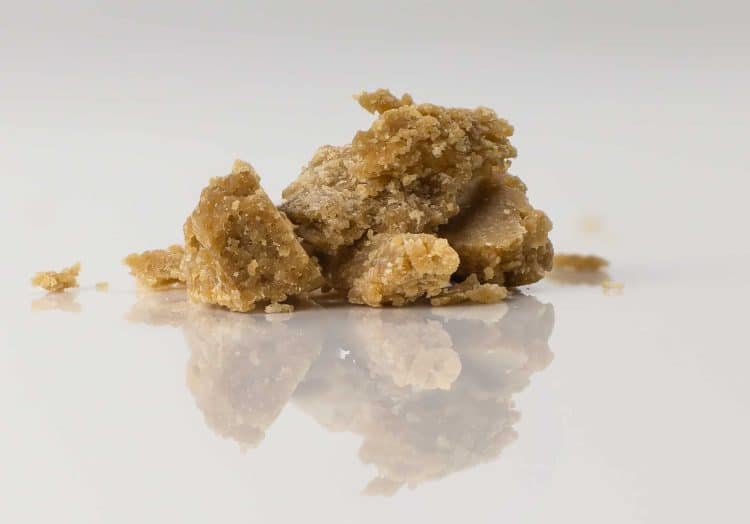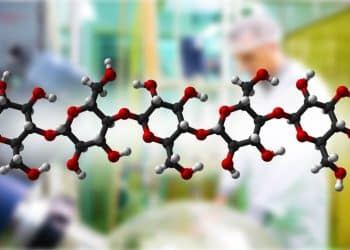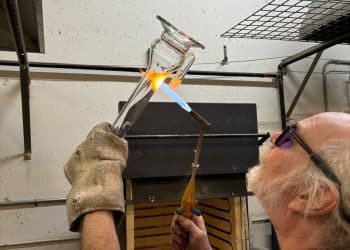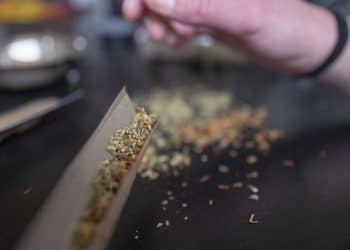As the cannabis industry continues to grow, methods to improve extraction efficiency are crucial to improve the composition of the final product and the overall quality of the extract. Many different solvents such as ethanol, CO2 and hydrocarbons among others can be used to separate cannabinoids, terpenes and other cannabis constituents from the plant matrix. The only requirements are that the compounds must be soluble in the solvent medium and that these ones must be suitable for human consumption with a low environmental impact.
Hydrocarbons have been used over the last years in flavors for the food industry and they have become widely used in cannabis refinement due to their low cost, efficiency and extraction quality in comparison to other methods. These compounds are constituted only by atoms of hydrogen and carbon. They are nonpolar, hydrophobic and suitable for cannabinoids and terpenes extraction and capable of giving water-free extracts, avoiding also the inclusion of pigments like chlorophyll. [1]
Pros and Cons of Propane and Butane
The most popular hydrocarbons used in cannabis extraction are the low molecular weight butane (boiling point -1°C ) and propane (boiling point -42°C), each one with its pros and cons. Both solvents are highly flammable and regulated with expensive compliance, making it challenging to set up a proper facility and to handle safely.
Nevertheless applying a moderate amount of pressure to these hydrocarbons is possible to force them from the gas to the liquid state in a closed loop system, performing the extraction and solvent recovery easily and efficiently with high yield and quality of the final product with no further refinements. Automation of hydrocarbon extraction equipment is not yet widely used due to the high costs and nowadays the product consistency is still largely dependent on the skills of the operator performing the extraction.
LPG Blends
In today’s cannabis industry, some processors are exploiting the benefits of extractions using liquefied petroleum gas (LPG) as solvent, which consists in one or more easily liquefiable short-chain hydrocarbon compounds, such as butane and propane blends, which remain liquid at room temperature and low compression (<10 bar). A blend of butane and propane solvent improves the efficiency and yield of the extractions and facilitates the creation of final products with different composition and viscosity degree.
Comparison with CO2 or ethanol extraction
There is a reduced solvent power for LPG extractions when compared to CO2 or ethanol extraction methods, meaning that the plant material has to be extracted with butane/propane blends multiple times in order to achieve the same yield in the final extract. Temperature and pressure, as well as butane/propane blend ratios, can be adjusted to maximize the extraction of some specific cannabis constituents or to improve the purging time of the solvent and its recovery. For example, higher propane concentrations increase the amount of terpenes in the final extract and speed-up the solvent recovery time due to the propane low boiling point.
Keeping the Environment in Mind
The right extraction parameters and LPG blend concentrations make the difference between a flavorful and effective product and one that has too much terpenes, which can lead to throat irritation and bad consumer experience. Many processors use a blend of 70 percent butane and 30 percent propane to create shatter and budder concentrates, with a more complete aromatic profile, lighter color, and lower viscosity compared to cannabis concentrates made only using butane. The release in the environment of butane and propane should be prevented and carefully controlled. Even if their half-life is relatively short in the atmosphere, they eventually degrade to CO2 contributing to the greenhouse effect. [2]
References:
[1] Azarjani, M.P. et al. Processing and extraction methods of medicinal cannabis: a narrative review. Journal of Cannabis Research 3, 32 (2021). https://doi.org/10.1186/s42238-021-00087-9
[ Times cited = 6]
[2] Al Ubeed HMS. et al. A Comprehensive Review on the Techniques for Extraction of Bioactive Compounds from Medicinal Cannabis. Molecules. 2022;27(3):604. (2022) doi:10.3390/molecules27030604
[Journal Impact factor = 4.411 ] [ Times cited = 3]
Image: https://pixabay.com/it/photos/olio-d-oliva-bolle-oro-olio-cibo-601487/












